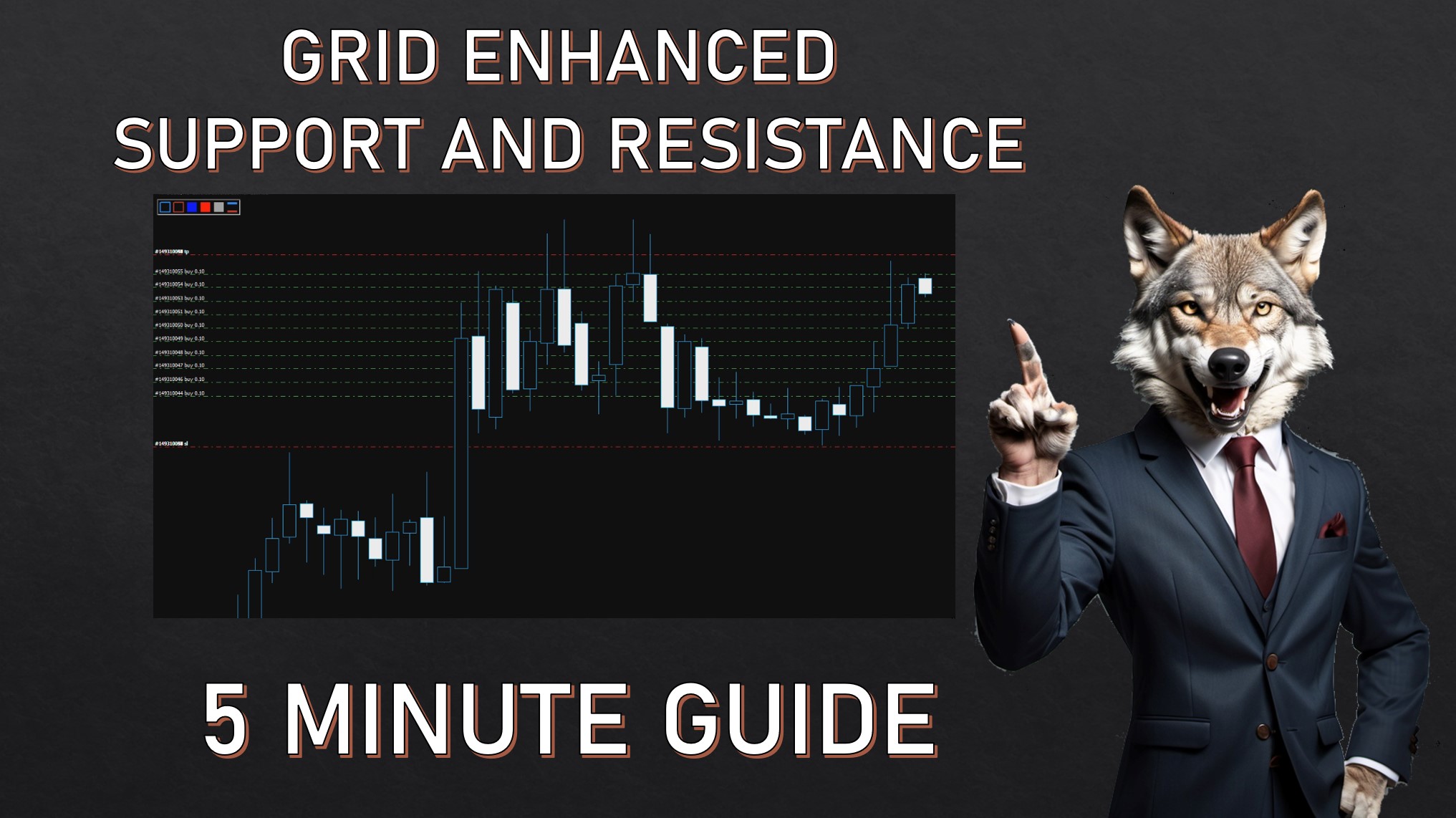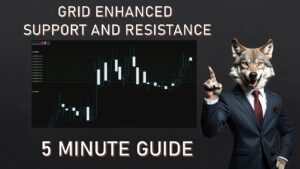It’s a Cheat code!!
Support and resistance trading, while foundational to technical analysis, can be significantly enhanced by incorporating grid trading principles. This combination creates a powerful methodology that capitalizes on market psychology while providing systematic entry and exit points.
The Power of Integration
Traditional support and resistance trading relies on identifying key price levels where buying or selling pressure has historically emerged. These levels represent psychological barriers where market participants tend to make consistent decisions. Grid trading complements this approach by establishing a systematic framework of orders at predetermined intervals, allowing traders to capitalize on price movements between these significant levels.When these two methodologies merge, traders can take advantage of natural market rhythms while maintaining a structured approach to position management. The grid system provides multiple entry opportunities around key support and resistance levels, effectively creating a zone of opportunity rather than a single entry point.
Strategic Implementation
The implementation begins with a thorough analysis of significant support and resistance levels. These levels should be identified across multiple timeframes to ensure their relevance and strength. Rather than placing single orders at these levels, traders can establish a series of grid entries surrounding them. This approach acknowledges that support and resistance are better understood as zones rather than exact price points.For example, if a strong support level exists at 1.2000 in a currency pair, a trader might place grid orders at 1.2020, 1.2000, and 1.1980. This creates a buffer zone that accounts for market noise while still maintaining the strategic importance of the key level. Each grid level can have its own position size and risk parameters, allowing for more nuanced position building.
Risk Management Evolution
The marriage of these strategies transforms risk management from a single-point decision to a dynamic process. Instead of relying on one entry and one stop loss, traders can scale into positions as price moves through their predetermined grid levels. This scaling approach helps average out entry prices and reduces the impact of market volatility.Position sizing becomes more sophisticated under this hybrid approach. Traders can allocate larger portions of their position size to grid levels that align with stronger support and resistance zones, while maintaining smaller positions at intermediate levels. This creates a natural weighting system that reflects the underlying market structure.
Market Psychology and Grid Dynamics
Understanding market psychology remains crucial when implementing this combined approach. Support and resistance levels often become self-fulfilling prophecies as market participants anticipate and react to these price zones. Grid trading adds a mechanical element that helps traders remain objective and systematic in their execution.The grid system also helps traders capitalize on the natural back-and-forth movement of prices around support and resistance levels. As markets rarely move in straight lines, the grid approach allows traders to potentially profit from the oscillations while maintaining their core position based on the larger technical picture.
Adapting to Market Conditions
One of the most valuable aspects of this combined approach is its adaptability. Grid spacing can be adjusted based on market volatility, with wider spacing in more volatile conditions and tighter spacing in range-bound markets. The strength of support and resistance levels can influence grid placement and position sizing, creating a dynamic system that responds to market conditions.During trending markets, grids can be adjusted to favor the trend direction, with more grid levels placed in the direction of the trend while maintaining respect for key support and resistance levels. In ranging markets, grids can be distributed more evenly between established support and resistance zones.
Conclusion
The integration of grid trading with support and resistance analysis creates a more comprehensive trading approach that addresses many of the limitations of each strategy used in isolation. This combination provides a structured way to enter and manage positions while respecting key market levels and psychology.Success with this approach requires patience, discipline, and a deep understanding of both methodologies. Traders should start conservatively, perhaps with wider grid spacing and smaller position sizes, then adjust based on market feedback and performance. Regular review and adjustment of grid levels and support/resistance zones ensures the strategy remains aligned with current market conditions.Remember that no trading strategy is perfect, and this combination requires active management and ongoing assessment. However, for traders willing to invest the time in understanding and implementing this approach, it offers a robust framework for market participation that can potentially enhance trading results.




